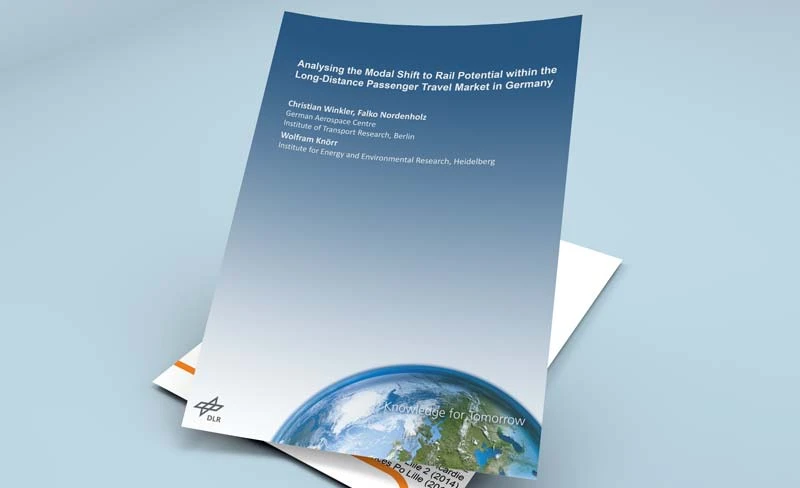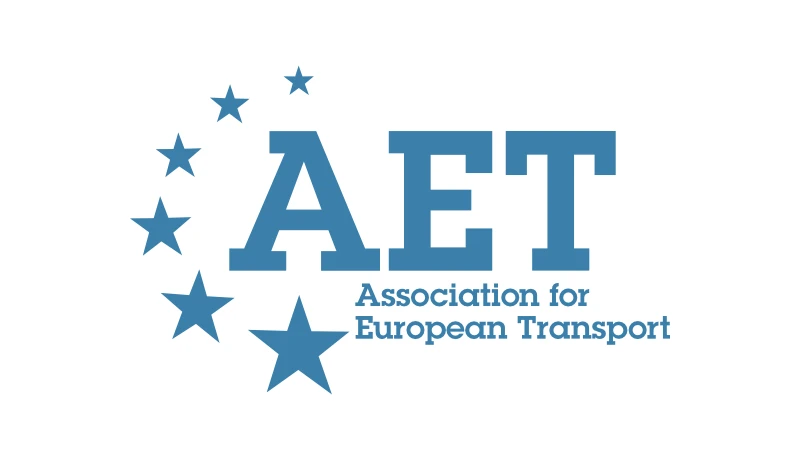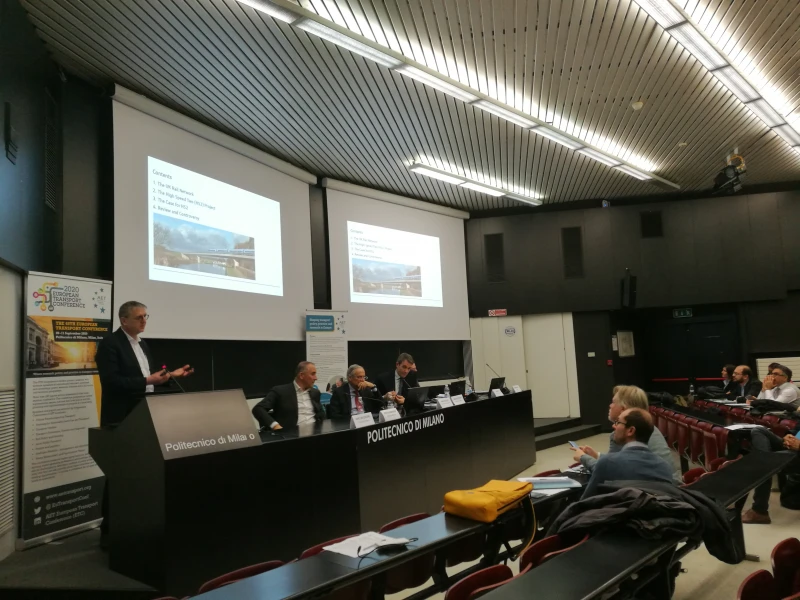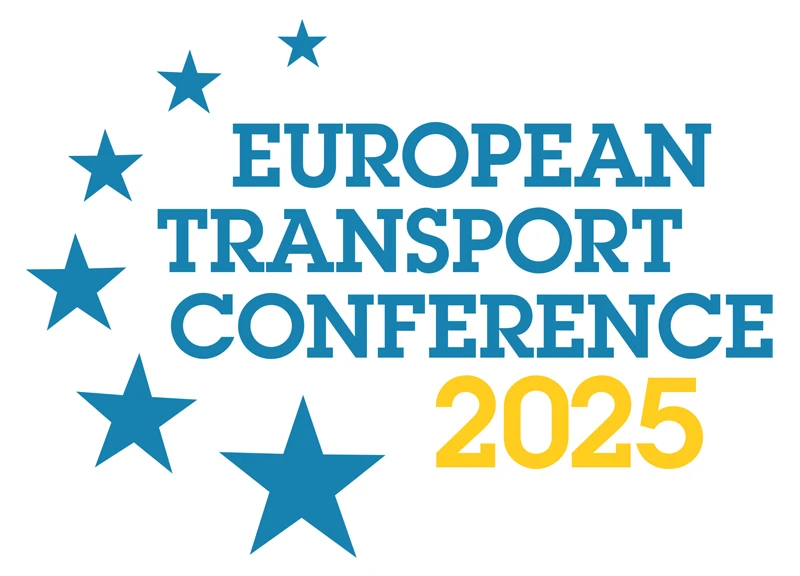-
Past ETC Papers

Browse, search and view papers from the past AET Conferences.
-
Members' Area

AET promotes networking and exchange of ideas, information and opportunities amongst members.
Conference Papers 2024
Antwerp, Belgium
ETC Conference Papers 2024
Analysing the demand for electric vehicle charging using an activity-based model
Seminar
Day 1 (18 Sep 2024), Session 2, Modelling EV uptake, 14:00 - 15:30
Status
Accepted, documents submitted
Submitted by / Abstract owner
Martijn Hollestelle
Authors
Martijn Hollestelle, Ramboll (presenter)
Ruiwei Chen, Ramboll
Teemu Sihvola, Ramboll
Markku Kivari, Ramboll
Short abstract
We determine the demand for electric vehicle chargers with an activity-based model that is augmented with an EV ownership model. The approach shows demand for chargers, but also trip intent, required range estimates and socio-demographic variables.
Abstract
The number of electric vehicles (EVs) increases in many countries. For example, the Ministry of Transport and Communications in Finland expects the number of full and hybrid vehicles to nearly double between 2022 and 2025 alone. Good availability of charging facilities at relevant locations is crucial to facilitate this growth.
In this study, we present the methodology of an analysis for the demand of EV-charging facilities throughout Finland. We share the most relevant findings and highlight relevant future developments. The methodology uses a set of regional and a national-level activity-based travel demand models that has been prior developed for general transport planning purposes.
The method models EV ownership and charging demand. It splits charging demand into on-route and near-destination. The travel demand models trace individual trips in tours and use socio-economic data of the individuals and households. This helps to estimate who drives an EV and to track mileage and range of EVs and how a person uses time when not driving.
We make an EV ownership model to tell which car drivers in the model have an EV, and what kind: a battery (BEV) or a plug-in hybrid (PHEV). The model uses a confidential data set combined with open data from Finland Statistics and forecasts by the Finnish Transport Ministry, but we have developed the approach to also work with open data without dependency on the confidential data set. We give weights to trips from the activity-based model based on EV ownership chances. This means EV ownership and usage only depend on socio-economic factors, and we assume EV drivers travel like any other car drivers.
The transport model simulates the dispersion of EVs in space and time. If there are twenty vehicles in the model in a certain area and time slot, and the average probability that those vehicles are an EV is 5%, then we interpret this as 20 * 0.05 = 1 EV in that area. We apply the same approach to road sections.
We can estimate kWh demand by applying different charge probabilities for different activities and dwelling types and average charge amounts for both BEVs and PHEVs based on literature and the distribution of EVs. We also consider the miles driven on a leg and the miles left to the destination as variables in a probability function to estimate the chance of stopping for charging on-route.
Result is a detailed picture of charging demand for different EV types, differentiated between at destination and on-route demand. The results can further be specified by activity endpoint (for example, being at work, doing groceries), activity duration, time of day and person characteristics (such as dwelling type of the person driving the car). Results are presented on a spatial grid with cell sizes of 250-by-250 or 1000-by-1000 meters depending on the location.
The results cannot be validated in straightforward way, as data on actual charging volumes and sessions is spread across private operators and home chargers. Most trips are short, so the model estimates lower need for charging on-route than at destination. We lack data on destination charging, but we have limited charge information on a few roadside charging locations. The model estimates the charging need without considering supply. One can evaluate how much on-route demand can be met in an area. For the roadside charging locations we have, these would cover areas of circles with 20 to 40 km radii, which is large but expected, since these locations are outside Finland’s main urban centres.
We plan to include charging supply as a factor in charging potential. We also want to learn more about how different areas and activities affect the need for on-route and destination charging, to better estimate the demand for new or future charging stations.
Programme committee
Planning for Sustainable Land Use and Transport
Topic
Transport planning analysis and models
Documents:

Association For
European Transport
Forester House
Doctors Lane
Henley-in-Arden
Warwickshire, UK
B95 5AW
+44 (0) 15 64 793552
VAT number: 710 1866 64
Conference Supporters & Endorsers




Legal Entity
The Association for European Transport is registered as an Association ('vereniging') with the Chamber of Commerce for Haaglanden in The Netherlands under company number 27170096.
Built on Zenario




